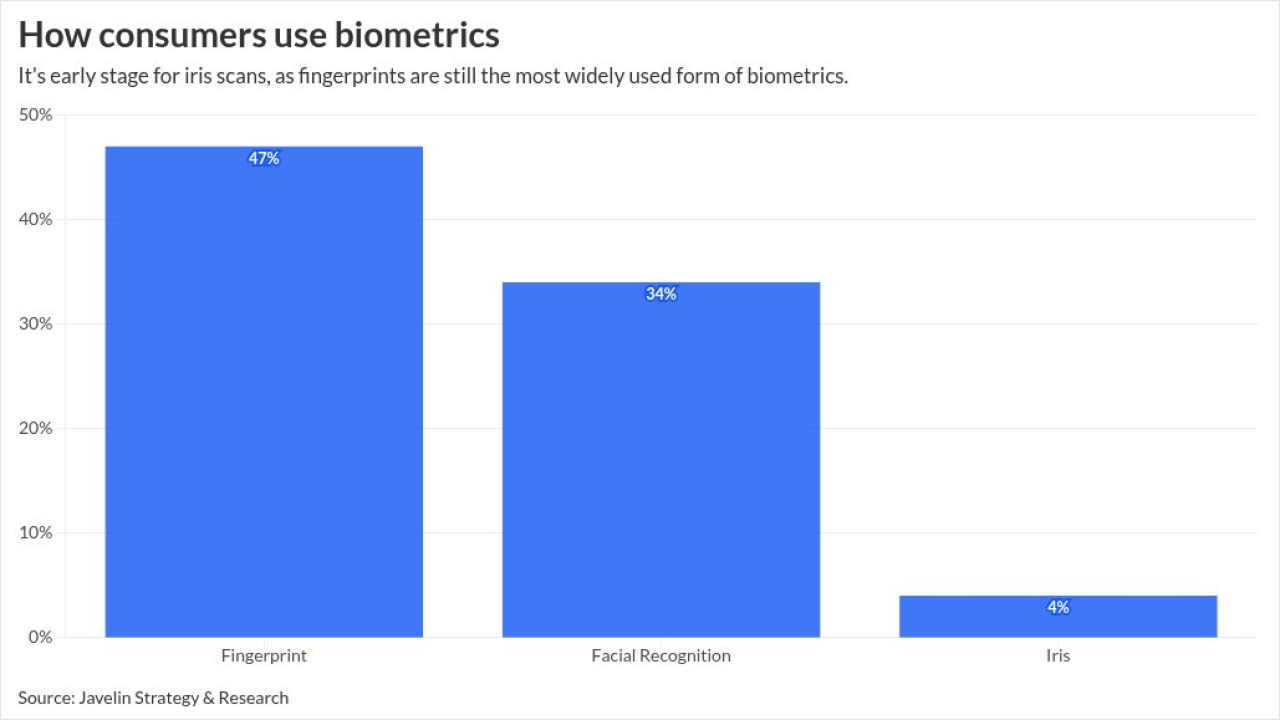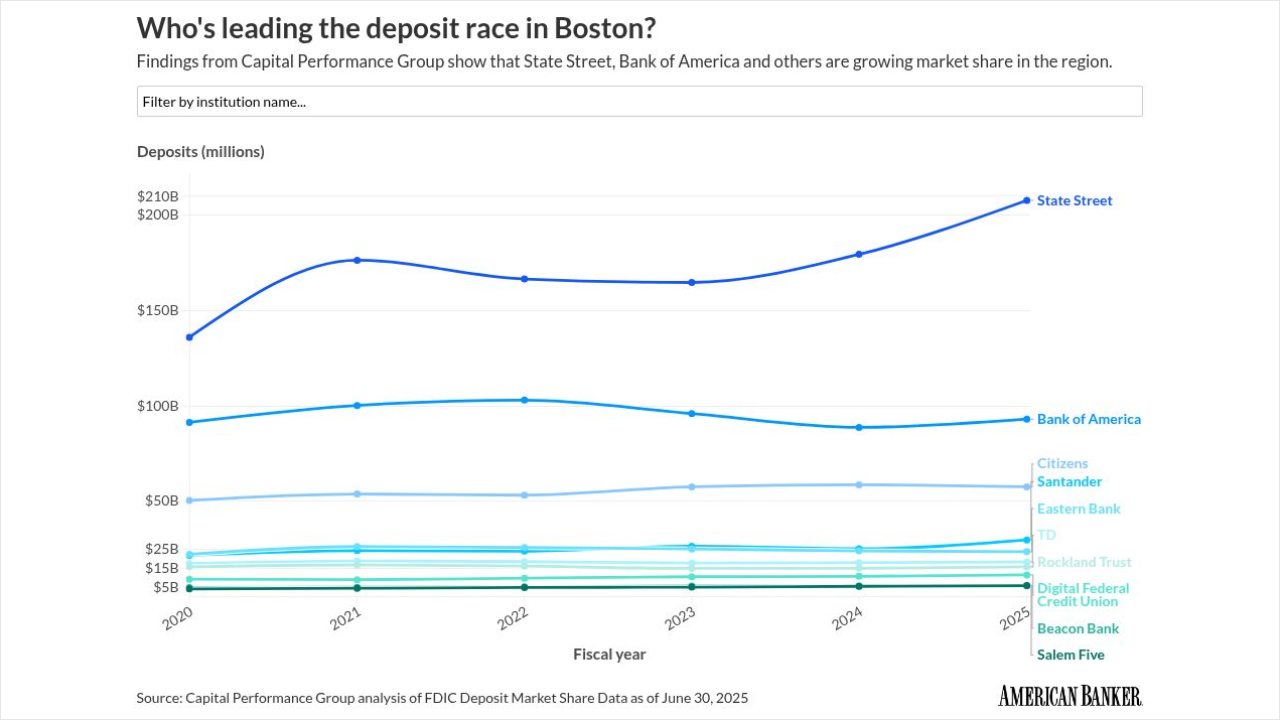The financial industry has changed greatly since the bubble burst. In particular, the relationship between business and its supporting technology has worsened. Executives need to recognize this, reduce its impact, and realize tomorrow's promise. And while the multi-billion-dollar reminders of the dot-com era urge the pursuit of breakthrough, mundane opportunities are often more achievable-and lucrative.
As the millennium ended, a wave of technology unleashed a revolution. Neither firms nor markets understood the upheaval created by the cubed 23rd letter of the alphabet: the WWW. Historical perspectives were lacking. Managers launched extensive customer-, supplier-, and staff-interaction initiatives. Business process reengineering couldn't come fast enough.
IT groups' focus at century's close shifted toward dramatic transformation. This relegated the battle against evolving technology to an afterthought. Other programs, like integrating islands of information, were starved of resources. The Y2K problem further widened the gap, as new product launches ceased. Functionality improvements became secondary. But as development halted, business demand continued.
Unprecedented violence caused the global accounting of terrorism to enter the lexicon, amplifying worldwide shifts in employment. Accounting scandals tarnished the financial industry's reputation-and impoverished many. New marching orders were dictated and reinforced: risk management, regulatory compliance and information security. Industry-wide efficiency initiatives were postponed.
With the worldwide economic revival, interrupted pursuits are resuming. Management, however, is pulled in many directions. CEOs' goals remain growth and profitability; yet margins, markets and partners give problems. For the COO, quality, efficiency and flexibility remain paramount, while enterprise implementations drag. Today's Sarbanes-Oxley, GLB and KYC mandates occupy the CFO, while CIOs wrestle to support business operations, deal with change and anticipate the future.
Technology budgets are now being cautiously increased to address competitive, market and regulatory needs. These have increased complexity and retarded new initiatives. Exacerbating the situation is technology that continues to move inexorably and cost pressures urging the transfer of expertise offshore. Draining a swamp is easier.
Advancing is difficult. Short-term pressures distort. The development of clear strategies unique to each firm's circumstances is hard; what's worse is the creation and successful execution of plans leveraging strengths and addressing weaknesses. Knowledge and expertise are found throughout the enterprise. The problem is to create an amalgam from isolated facts. Disparate views must be spanned.
The key to the bridge between business and IT is well-understood: shared information. Techno-speak is incomprehensible to some, product nuance to others. Mutual understanding, however, is more than conversation. Success requires intelligent, disciplined effort. A rigorous structure assures comprehensiveness, invites critique, and, most importantly, develops perspective. Needed is a process whose sole function is to take the broad view down to a narrow focus, a "war-room" as it were.
The mechanisms to improve planning and execution include focused, roaming planning teams using visualization tools. Operations, processes, even visions, can be depicted. This environment allows broad, effective, participation. Executives, management and expert staff can quickly review the priorities, problems and alternatives, discern mistakes, and offer improvements. Tremendous specificity can be achieved.
Imagine your business depicted on one wall, technology on another. Easy to write, hard to achieve. Itemize and prioritize the problems, opportunities and gaps. What are the alternatives to getting to the future? With business and IT participating, plans become realistic; more importantly consensus is achieved as trust is reinforced, and swirling political currents bridged. The organization takes ownership of the subsequent decisions. As gaps are visualized, they are narrowed. This process is ever more important today as the organization becomes virtual.
While we all share common experiences and pressures, decisions affecting your bank's survival are unique. They must begin from a sound understanding of resources, operations and competition. That knowledge drives the development of the answer to: What is right for your organization?





